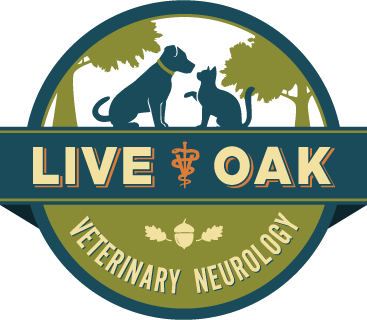EEG is the acronym for electroencephalography.
Which is definitely a word that needs an acronym ....
Electroencephalography is a method of using electrodes that can sense the flow of electricity within biological tissues to look at brain function. The brain, spinal cord, heart, and some other special tissues in the body use electrical signals to communicate rapidly between the cells that make up those particular tissues. With these special electrodes, we can watch this electrical current and deduce information from them with regard to certain diseases.
The machine shows us the electrical activity as several lines on a screen. In animals and people, EEG is primarily used to evaluate an individual for seizures or, sometimes, sleep disorders.
We also use it for patients that are in status epilepticus. This is a condition when a seizure lasts longer than 20 minutes or there are multiple seizures without a return to consciousness in between. Left untreated, this can cause permanent brain damage!
We've actually had two patients at LOVN this year that were in status epilepticus when they came in, but weren't having any outward signs. This is called non-convulsive status epilepticus and without our EEG we wouldn't have been able to recognize it. What's more, we were able to treat both of these patients with medications and use the EEG to monitor the effect of the drugs.
When patients are having such prolonged seizures, we often have to put them under general anesthesia to stop the seizures. Then we have to decide when to try and wake them up. Without the EEG this would just be a guess. But with our EEG we can monitor the read-out for continued seizures even though the patient is completely asleep. So, now, we don't have to guess when it's safe to wake a patient up. We know...


